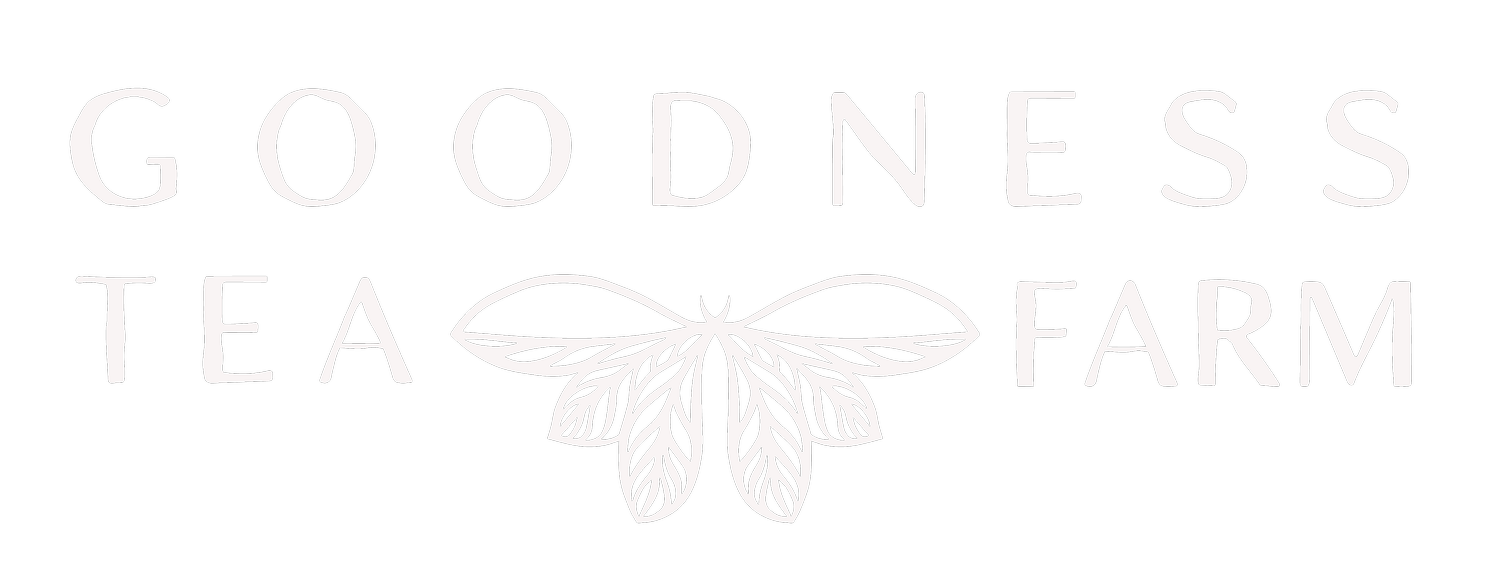The Science of Tea Brewing
Infusions & herbal extracts (like tea!)
Herbal Extracts
There are a lot of amazing things we are discovering that herbs can do. Turmeric “may help fight infections and some cancers, reduce inflammation, and treat digestive problems” (Ehrlich, 2014). Lemon Balm is freaking amazing. Black Cotton Wood buds make the balm of gilead! That stuff of lore, the fragrance of heaven, the oil of peace, the agent of preservation and queller of inflammation. But how do we get the goods into our human bodies?
Infusions result from a basic chemical procedure where botanicals are placed in water so they can dissolve and release their volatile active ingredients. Depending on the desired outcome, temperature and steeping time can be varied to extract for a certain favor over fullness of plant properties. However, not all beneficial plant parts are easily extracted in water. Additionally, infusions need to be kept refrigerated or used immediately as their nutrient density can be a great petri dish for growth as well. For this reason, medicine makers have traditionally used alcohol, vinegar, glycerine and oil to extract and preserve their herbs.
Through scientific study, we now have been able to isolate the compounds in herbs, and discover what they are best extracted in. The most common chemical compounds are mucilage, polysaccharides, vitamins, alkaloids, glycosides, flavonoids, tannins, minerals, trace elements, vitamins and resins. Some of these (like mucilage and polysaccharides) are only water soluble. Vitamins A, D, E and K, only move through fat. Resins will only dissolve into oils and alcohol. However, for most botanical-goodness, water extradition are the way to go.
The chemistry of green teas contains many polyphenols, which eat away free radicals; the quinones which contribute to aroma, and thearubigens which contribute both to the taste and the color of tea. (2001. Rosen).
Mucilage is transferred best through a cold-water process, otherwise the standard for herbal extracts is to cover with boiling water and let set for 15-30 minutes, then straining. Though bitter tastes may develop with some herbs, infusing for up to four hours will remove maximum chemical compounds from the plant matter into the water. After this transfer, the herbs can be strained out. The water now ready to be drunk and the herbalyness will be assimilated into our physiology through the digestive track and into our bloodstream.
Solvents
There are four main solvents used for botanical extractions: water, alcohol, glycerine, vinegar and oil. Water is really the universal solvent as it extracts almost everything (though resins, think tree-pitch, are the exception to this rule). Alcohol is nearly as useful for extraction as water. It extracts everything else, but cannot dissolve minerals and trace elements. In fact, most tinctures are made through chopping botanicals and soaking in a mix of water and alcohol. This allows for a full spectrum of chemical compounds to move from the cells of the plant and into the water molecule.
Glycerin is chemically related to alcohol and useful for many herbal extracts, though it can take longer for compounds to dissolve. Other solvents are vinegar, which can dissolve minerals, trace elements and alkaloids; and oils, which can extract other oils and resins.
The Chemical Mystery
Though we know that the molecules within the herbs are dissolved and move into the water, there is a lot of variability because of the drying, storage and extraction methods. Oxidization, which is what makes green tea black, and red tea so fragrant, alter the chemical structure (making the potassium more available, but destroy gin the Vitamin C). Adding milk, which will bind to the tannins, changes the chemical makeup of the tea as well. In an herbal tea, Vitamin C (water soluble and found in rose hips and hibiscus flowers) will make the iron from the greens easier to absorb, but will be destroyed if the tea is infused over 176 degrees F.
“All processed tea, no matter which varietal or process, has both soluble and insoluble elements. The insoluble elements include crude fiber, cellulose, lignin, proteins, fats, chlorophyll and pigments, pectins, and starches. The soluble elements include vital oxidizable polyphenols, other polyphenols, amino acids, minerals (ash), gummy matter and the stimulants theine, theobromine, theophylline and caffeine.” (2011. Rosen)
Green and herbal teas are just beginning to be researched in the scope of life. The science behind how they work is fascinating. I am happy to be alive at a time and place in history where we have the tools to analyze how our human bodies interact with plant properties as well as the knowledge and ability to grow and distribute these amazing plants worldwide.
Some lichens, such as Usnea, are extracted into a blend of water and alcohol and used for medicinal purposes.
About the Author
Shaelee Evans began studying permaculture in 2005 and implementing practices on her 1 acre urban farm in NW Washington. She studied Sustainable Gardening through the WA State Nursery and Landscaping Association (cert in 2003), and Natural Resource Management and Business at Peninsula College (graduating with an AS in 2006 and a BS in 2018).
She has taught workshops on forestry, wild plants, pruning, art, cooking, dance and sustainable land management, working as an active horticulturalist on the Olympic Peninsula since 2005. Presently she is also herb farming and tea blending in Sequim Washington for Goodness Tea, a company she founded in 2008. The vision is to cultivate and grow teatime culture based on healthy diverse community and shared good-times, fueled on hand-crafted herbal teas, superfood snacks.

